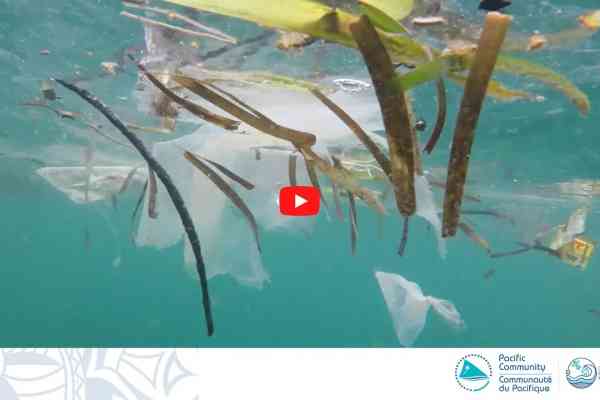(contenu disponible en anglais uniquement)
Climate change and plastic pollution are interconnected global challenges. Rising temperatures and moisture alter plastic characteristics, contributing to waste, microplastic generation, and release of hazardous substances.
Polymer materials, mainly plastics and rubbers, are notably sensitive to temperature and moisture fluctuations. Commonly used plastics like polyethylene, polypropylene, and polyvinyl chloride can experience an over 20% decrease in stiffness with a service temperature rise from 23/24 to 40 °C. (Source: Nature.com)
Another concern regarding plastic pollution is the formation of microplastics (tiny particles under 5 mm), due to their persistence, wide distribution, and adverse effects. They originate from the manufacturing of plastics (primary sources) and the gradual degradation of plastic items (secondary sources). A warmer climate accelerates polymer degradation and thus the breakdown of plastic items into smaller species, substantially expediting the generation of secondary microplastics.


